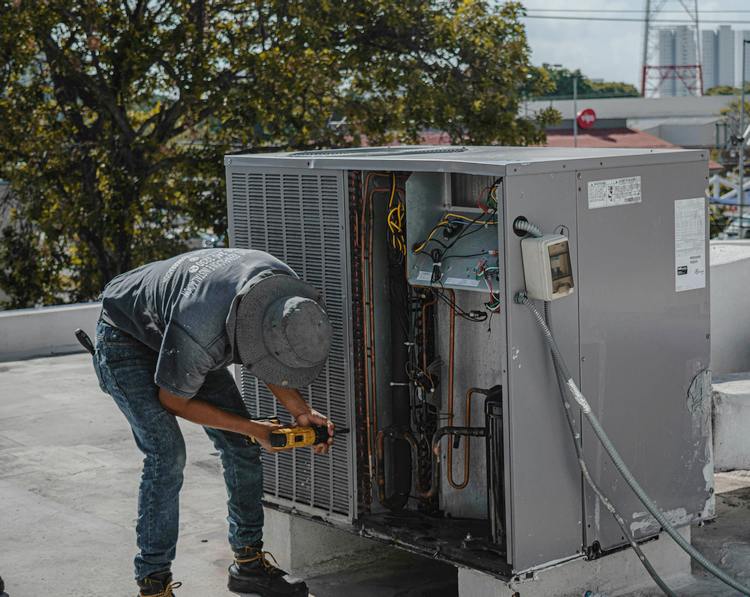By Erykka Thompson
 When most people think of education, they think of a teacher instructing students seated in a classroom, or more recently listening to online lectures. For some, this is a fond memory, yet for many others, the experience was lackluster. I want to challenge you to think of education as active rather than passive and interdisciplinary as opposed to siloed. True education is embracing the power of information to solve problems, create opportunities and impact outcomes.
When most people think of education, they think of a teacher instructing students seated in a classroom, or more recently listening to online lectures. For some, this is a fond memory, yet for many others, the experience was lackluster. I want to challenge you to think of education as active rather than passive and interdisciplinary as opposed to siloed. True education is embracing the power of information to solve problems, create opportunities and impact outcomes.
The MEP sector is facing myriad challenges while building the infrastructure to support rural, suburban and urban life. Contractors might struggle to keep up with the constantly evolving advancements in technology – while facing unrelenting challenges to maintain profitability. Not to mention, the industry continues to confront the skilled labor shortage in many parts of the country. A well-educated workforce is a powerful tool to help navigate these complexities.
One way to support the learning journey is by keeping learning records – documentation which tracks employees’ training history, facilitates certification processes and supports regulatory compliance. This can be as simple as a spreadsheet to store and track data or can be a standalone learning management system.
Key elements of a learning record include:
- Employee details: Name, job title, department
- Course information: Title, date, duration, location, trainer
- Training status: Completion dates, expiration dates, assessment results, any outstanding training requirements.
The learning record demonstrates a commitment to the value of continuing education and simultaneously encourages workers to seek out learning opportunities.
Trade organizations like the Sheet Metal and Air Conditioning Contractors’ National Association and others can be a resource for this learning journey. A shared vision is to build, sustain, apply and exchange industry knowledge to have a measurable impact on business results. Organizations work to tap into the deep knowledge of specialists and make that information accessible to further develop skills, handle threats and identify opportunities. Continuing education can help leverage opportunities. Find individuals who are inspired to seek new pathways as the industry and technologies change. Give them the go-ahead to keep others informed about what’s new on the market and ways to adopt change.
Some proactive ways to stay up-to-date:
- Listen to the Construction Dorks podcast for discussions about tech, construction and how to move the industry forward.
- Tour a state of the art shop at FAB Forum to see industry best practices live and in-person. Even though every shop operation is unique, contractors routinely return with strategies to adapt and improve their own operations.
- Attend the MEP Innovation Conference hosted jointly by MCAA, NECA and SMACNA to get exposed to what’s new and next. This year, participants at the 2025 conference gained insight about AI and ways to leverage it on construction projects.
Finally, staying ahead of the curve can help the industry attract the next generation into the trades to combat the skilled labor shortage. The recently launched National Career in Trades Week seeks to inspire young people to explore options beyond the traditional four-year college degree. These and other efforts to reshape public perception have had an impact as research indicates the vast majority of parents are supportive of trade careers for their children. Programs like the Heavy Metal Summer Experience are getting national media coverage for their efforts to introduce high school students to the opportunities available in the trades.
By embracing the power of information, we can propel prospective and current employees into the future farther and faster benefiting contractors, customers and the whole industry.
Erykka Thompson is director of learning integration at SMACNA.
Photo by José Andrés Pacheco Corte


